
This logo isn't an ad or affiliate link. It's an organization that shares in our mission, and empowered the authors to share their insights in Byte form.
Rumie vets Bytes for compliance with our
Standards.
The organization is responsible for the completeness and reliability of the content.
Learn more
about how Rumie works with partners.
Your class just wrapped up the final chapter, which means a test is coming up! You need to start studying, but you suddenly wonder:

Using a study guide is an effective way to help you review the content. While one may be provided by your teacher, creating and using your own study guide can help you study more efficiently by tailoring it to your needs.
What should you include in your study guide? Use these 5 pointers to design the best study guide possible.
#1: Use an existing study guide as a base
Start framing your study guide based on an existing study guide. This pre-existing study guide can be one provided by your teacher or your textbook. You can also look up study guides online to get an idea of what yours can look like. This ensures that you don't miss anything important.
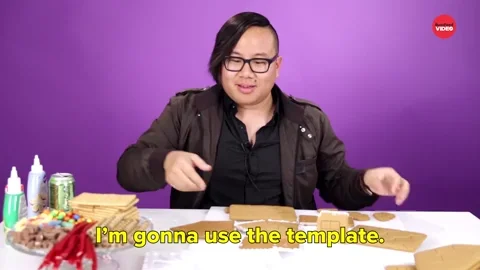
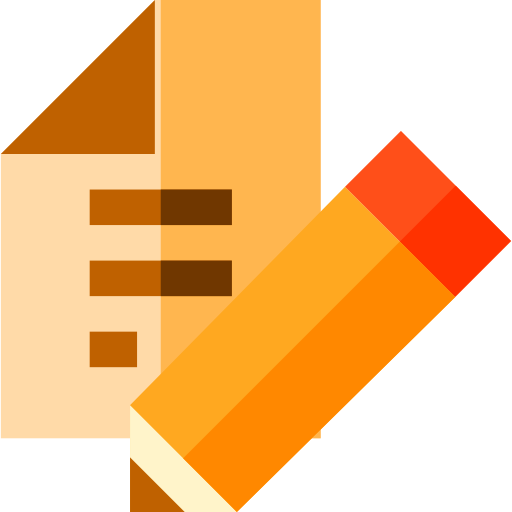
a pre-existing study guide to:
see how information is organized and formatted (ex. Cornell notes)
add more information based on what you know
cross-check information for accuracy
know what key content, ideas, and vocabulary you should include (based on your teacher's lessons/the textbook you're using)
use a question-and-answer format (ex. answering "What is photosynthesis?")
#2: Summary of the content
Include a summary that contains the most important ideas of the material.
Summaries can jog your memory of the content at a glance, and the process of writing a summary yourself helps you focus on the big concepts rather than unnecessary details. This is especially useful for subjects like history, literature, and science, where memorization plays a huge role in understanding the content.

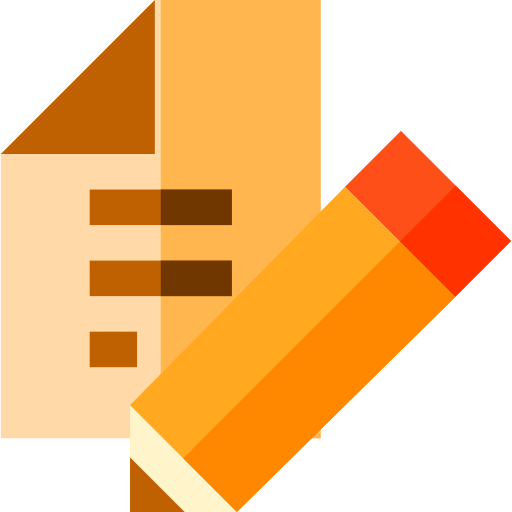 In writing a summary, consider:
In writing a summary, consider:
the accuracy of the information
condensing the information (4-6 sentences)
being specific and including key information/details
whether it's in the first section of your study guide (with bullet points/notes after it to break the summary into further detail), in the middle/throughout (as checkpoints per section), or the last portion (with the bullet points/notes wrapping up to one conclusion)
#3: Key concepts and ideas
Study guides focus on the most important information, but what kind of information should you include, and how should you include it? Answering the right questions and presenting information in a variety of ways will make the content engaging and memorable for you while studying.

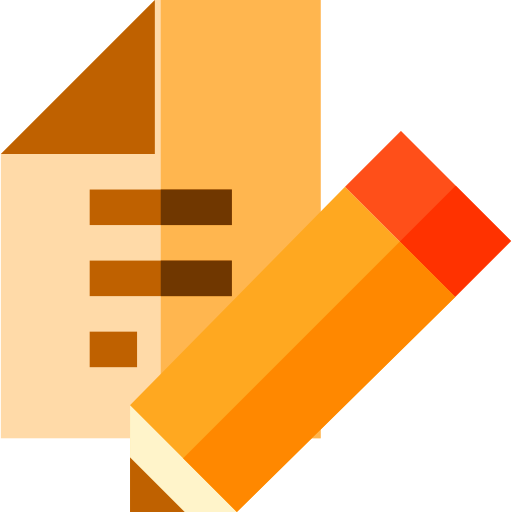
Key concepts and ideas you include should answer questions like:
who, what, when, why, how ("How do germs spread?")
steps in a process ("What are the stages of the water cycle?")
causes and effects ("What events led up to World War II?")
Make your notes more comprehensive:
include pictures and diagrams with clear labels
highlight important words and ideas
draw arrows connecting ideas to each other, circles to group key ideas, and lines to divide content
#4: Key equations, people, and terms
Dedicate one section of your study guide to list important information, such as equations, people, and terms. This section will be convenient because if you need to refresh your memory on something or find an equation, they are all in one spot.

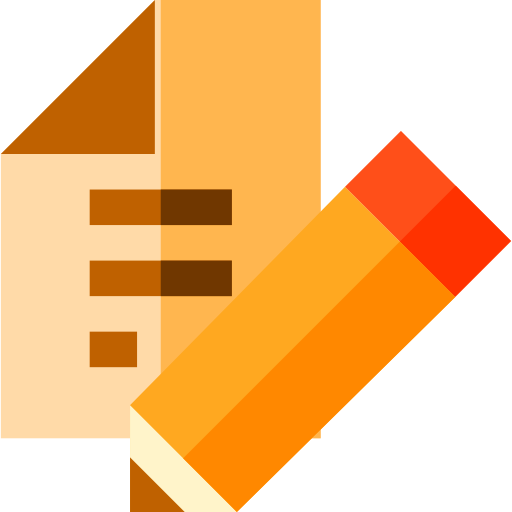
Here are a few examples of equations, people, and terms you may want to take note of in each core subject:

English/Language Arts
vocabulary (definition and example)
rhetorical/literary devices (when to use, impact on writing)
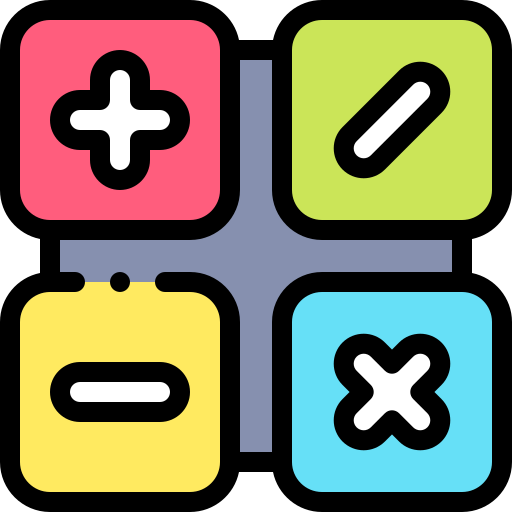
Mathematics
equations (sample problem and example)
steps to solving equations (clearly labeled)
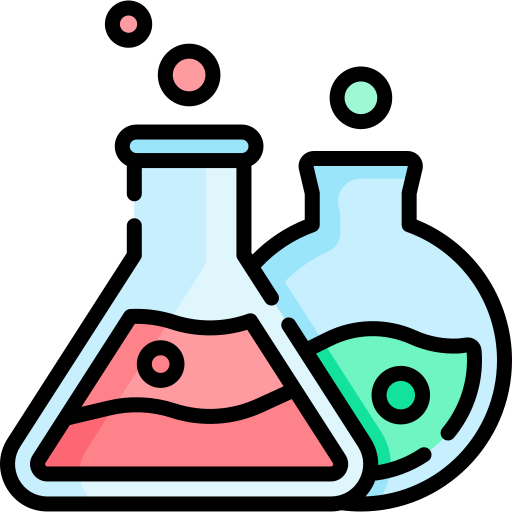
Science
steps in a cycle/process (ex. water cycle/cell division)
diagrams and vocabulary (show processes/definitions)
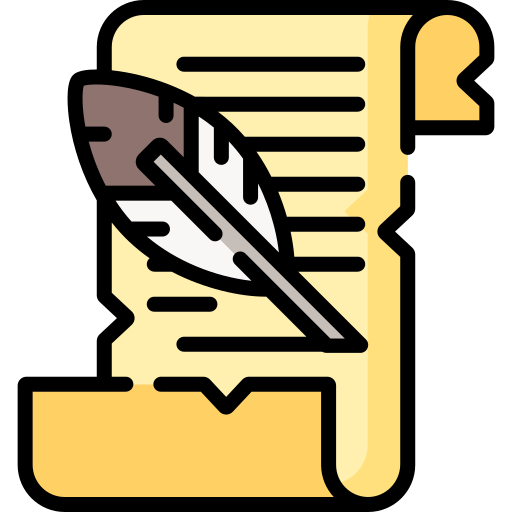
Social Sciences/History
important events (chronological order, significance, cause-and-effect)
historical figures (contributions, connections to present)
Quiz
Edwin is designing a study guide for his chemistry class. He is confident in the key concepts but struggles in solving equations. What should he include in his study guide? Select all that apply:
Edwin knows he struggles most with solving problems, so his personalized study guide should meet this need and prioritize information regarding problem-solving. Including practice problems with detailed steps is a great way for Edwin to work them out and understand each part of the process. Including notes on when he should use the equations helps him understand them more so he is able to remember and use them in the future. Because Edwin is already confident in understanding the key concepts of his class, including a summary of all the key ideas wouldn't help him where he struggles most (solving equations). This reasoning is also why dividing the study guide to be 50-50 equations and concepts won't help either. He should prioritize the information he needs to study the most.
#5: Sample questions
Jot downsample questionseither throughout or at the end of the study guide. Generating and answering questions serve as great checkpoints to check your understanding of the material.

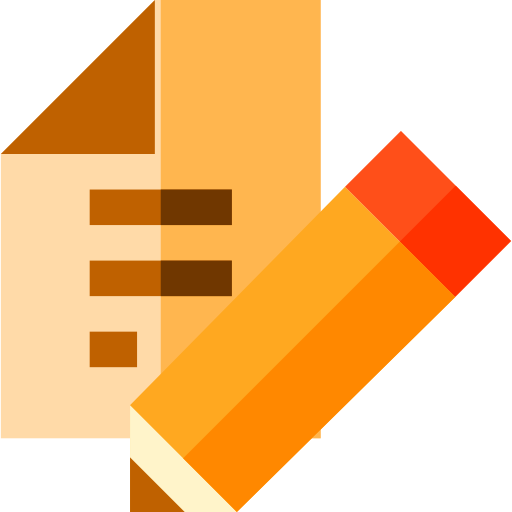 Sample questions include:
Sample questions include:
chapter questions from your textbook
key points from your teacher's notes/study guide
math/science problems (numerical and word problems)
your own wonderings (questions you had while studying)
Did you know?
The questions on your study guide can work asflashcards. Cover the answer, read the question, respond/solve the question, and check to see if you're right!
Take Action
Developing your own study guide is a valuable tool for your studies. In creating a guide that meets your needs and includes only the most important information, you also spend time re-learning and practicing the material. With a comprehensive study guide, you'll be ready to ace your next test!
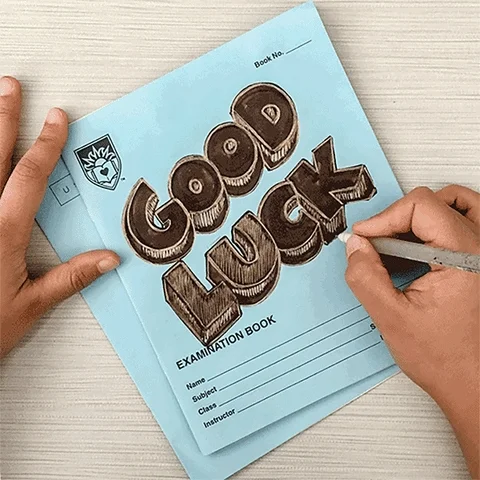
Remember the key steps in creating an effective study guide:
This Byte has been authored by
Emily Nguy
Science Teacher